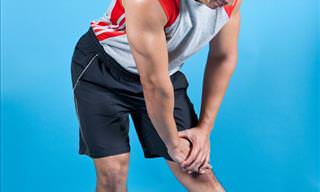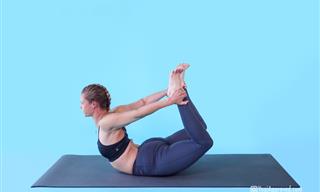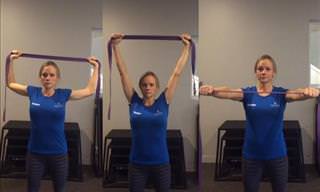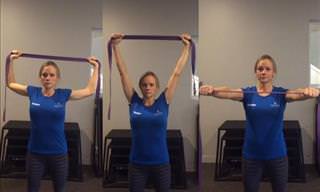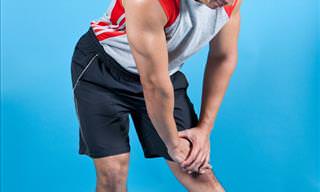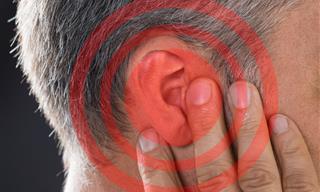What is cozy cardio?
Cozy Cardio is a term coined by TikToker Hope Zuckerberg, who regularly uploads videos of her morning workout routine. These workouts usually involve low-intensity activity, such as walking at a slow pace on her treadmill, by candlelight, with a coffee-protein drink and in front of a television series. Others began to imitate her and adopted her morning routine, and as of recently the #cozycardio tag has gotten more than 37 million hits.
Surprisingly, fitness experts recommended joining this trend. "There are many ways to exercise the body beyond jumping in place," says Shelby York, a physical therapist for athletes at the Wexner Medical Center in Colobus, Ohio. "The key is to choose the training that will help you reach the general recommendation, which is 150 minutes of moderate-intensity aerobic training and two days of strength training per week. As someone who doesn't follow Tiktok trends, I kind of support this one.'
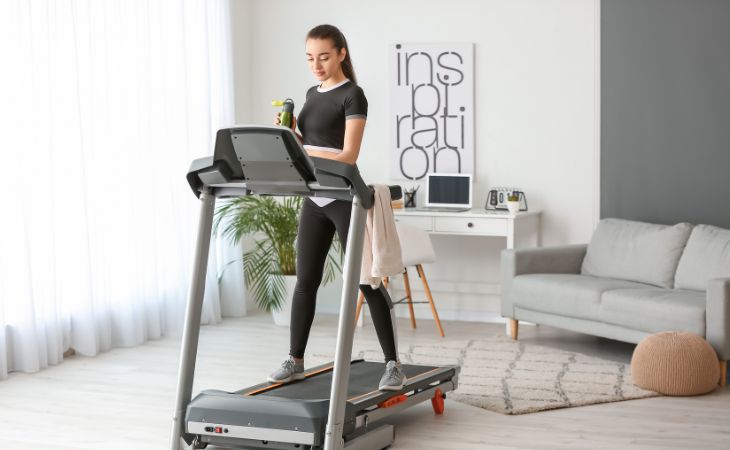
Low intensity cardio vs high intensity cardio
Before we examine the health benefits of cozy cardio, it is important that we understand the difference between low-intensity cardio and high-intensity cardio, as well as the difference in using the word "intensity" when talking about cardio versus when talking about training in general.
"Exercises at a medium intensity level (not to be confused with the intensity level of the cardio) cause the heart rate to increase and a little more difficulty in breathing, but still at a level that you can talk about," says Dr. Jessica A. Hennessy, an electrophysiologist who specializes in cardiac physiology from Columbia University Medical Center in New York. "Low intensity in cardio ("cardio without jumps" - Low Impact) is defined as exercises that do not exert a lot of pressure or weight on the muscles and joints during training, and training at a medium intensity level can certainly be such."
Such exercises include walking, cycling, rowing, swimming, walking on the elliptical, yoga and Pilates. Depending on the equipment you have at home, you can engage in any of these activities as part of your leisurely cardio routine. In contrast to such exercises, high-impact cardio will be activities such as running or dancing - activities that put more pressure on the joints. "High-intensity cardio exercises can improve bone density, but if your body is not used to dealing with this type of training, it may actually cause pain in the bones, muscles and connective tissues," says York.
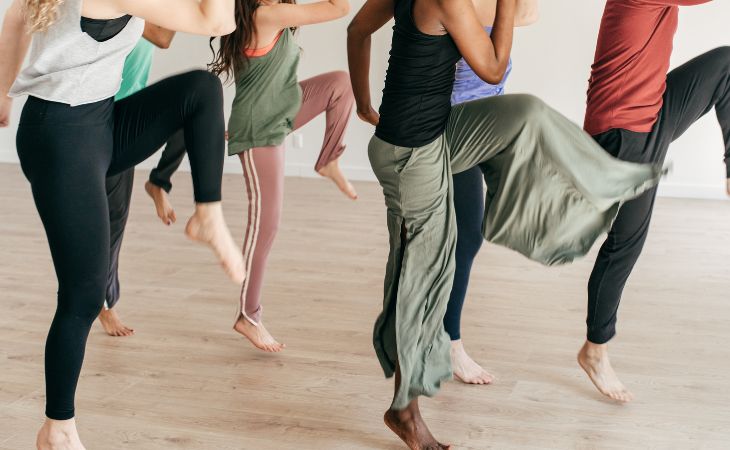
Let Dr. Bri give you a tutorial in her Cozy Cardio core workout below:
The benefits of low intensity cardio
The really good news is that low-intensity cardio has many of the same benefits as high-intensity cardio. A study published in 2022 showed that walking 10,000 steps daily – low-intensity cardio – is associated with a lower risk of dementia, heart disease, cancer and death.
What's more, even a lower amount of steps is considered beneficial, and every 2,000 steps reduces your risk of premature death by 8-11%.
In another study published in 2013, researchers analyzed 33,060 runners and 15,045 walkers, and found that both groups had a reduced risk of developing high blood pressure, diabetes and high cholesterol levels.
Such training can also burn calories, with research from Harvard University showing that you can burn the same amount of calories with low-intensity cardio and high-intensity cardio. For example, 30 minutes of cycling can burn the same amount of calories as high-intensity cardio.
"Intensity, meaning the intensity you invest in training, is an index that is mainly intended for burning calories," says Dr. Hennessy. "It is possible to engage in cardio at a low intensity but at a high intensity level, for example when riding vigorously on an exercise bike or if you increase the speed during swimming. If, on the other hand, you perform the entire workout at a low intensity, you will simply have to spend more time to burn the same calories.'
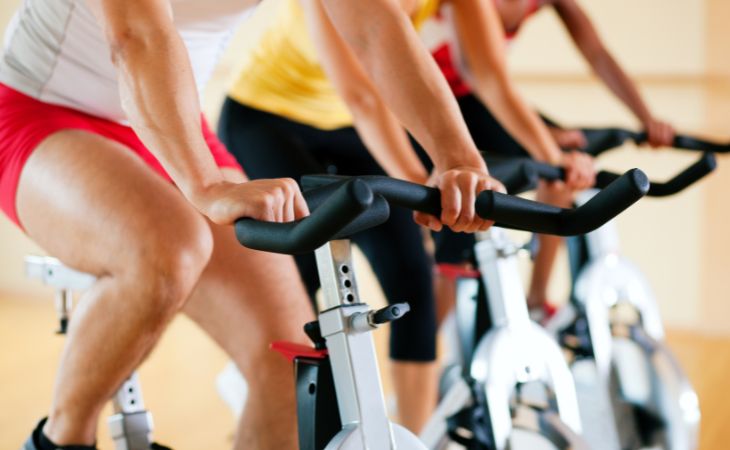
 Go to BabaMail
Go to BabaMail






